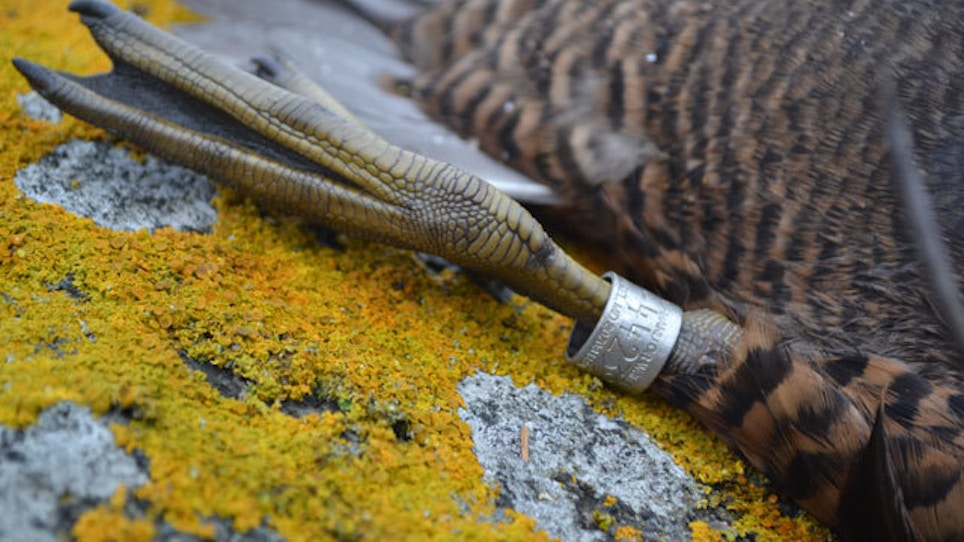As glamorous as they are, common eiders have such limited range and so few pursuers that they don’t get a lot of attention when it comes to conservation. They certainly don’t have the widespread appeal of mallards, pintails and other popular species. But in Maine, the eider conservation story is remarkable.
Biologist Brad Allen is the Bird Group Leader for the state of Maine. A man of many talents and interests, Brad is passionate about eiders.
“They’re a beautiful duck to handle in the spring,” he said. “They’re a lot of fun to catch. I’ve banded thousands of them.
“I love all aspects of eider hunting. I love being on the Maine islands. When I go out in the spring where these birds are nesting, I love dealing with them. They’re so different than most of the ducks we’re used to. They’re the antithesis of puddle ducks, they have a totally different history. It requires a different mindset.”
In 1907, there were two breeding pairs of eiders left in Maine. By 2013 there were 20,000 nesting hens. What caused such a spectacular recovery?
“It was a perfect storm of conservation and people leaving the islands, so that left more habitat for birds to nest on,” said Brad. “The migratory bird treaty act of 1916 outlawed market hunting and year-round killing and set the stage for recovery. There was a moratorium on hunting from 1916-1935 when the population had started to recover. A lot of things worked in concert to allow the recovery to begin.
“Right now the great black-backed gull eats eider ducklings,” he continued. “In 1928 there were none of those gulls, but they moved in from Canada. During the recovery period, the predators weren’t around, so the recovery took hold.
“Now we’re plateaued. The population is very stable. There have been stressors that are new to us in the last 10 years, like a new virus that killed at least 6,000 in Cape Cod in the last few years. Thousands of birds were washing up on Cape Cod.”
Still, even with a stable population, over-harvest can be a concern, and the state keeps a close eye on it. According to Brad, Maine has reduced the bag limit twice since 1998 (down to four now).
“The goal is to be at or close to 30,000 nesting pairs, but that might be too high,” he said. “We’re fighting predation, we’re fighting this new disease, but overall the population is in very good shape."
Eating Eiders
Yes, sea ducks can make great table fare.
“If they’re prepared right, they won’t taste any different than any other duck,” said DU volunteer Shawn Price. “Even better, seriously.” Shawn marinades eider breasts in lemon-lime soda, wraps them in bacon and grills or bakes them.
“They primarily feed on muscles, which gives them a mild flavor, more mild than other sea ducks,” he said.
Allen agrees. He’s disturbed by how many hunters illegally discard eiders and other sea ducks.
“Wanton waste is a big problem with sea ducks,” Allen reports. “I prefer eiders to the other sea ducks, because their major food item is blue mussels. Blue mussels are 80 percent of their diet. So they don’t taste like, say, a starfish like other sea ducks might.”






